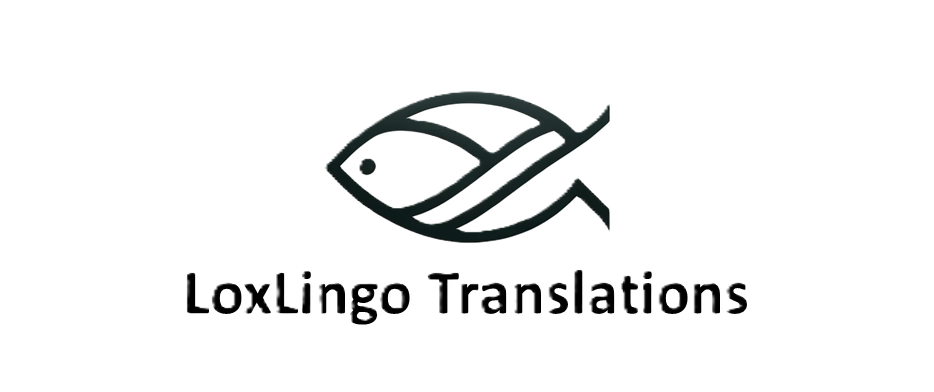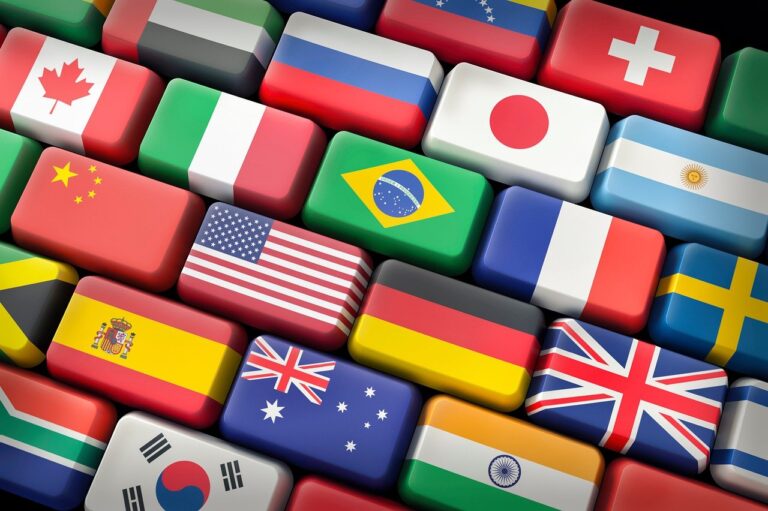In an era marked by technological advancements and digital transformations, the realm of translation services has also witnessed significant changes. The emergence of artificial intelligence (AI) and machine learning has introduced new possibilities and efficiencies in the translation process. However, amidst this technological evolution, the debate persists: AI vs. human translation – which is superior? The answer lies in understanding the strengths and limitations of each approach and finding the right balance tailored to your specific needs.
The Rise of AI in Translation
AI-powered translation tools utilize algorithms and machine learning models to translate text from one language to another rapidly. These tools can process vast amounts of data and learn from patterns within language structures, enabling them to generate translations with impressive speed and consistency. Moreover, AI translation systems have the capacity for continuous improvement, refining their accuracy over time through feedback mechanisms.
Advantages of AI Translation
One of the primary advantages of AI translation is its efficiency. AI-powered tools can handle large volumes of content in a fraction of the time it would take a human translator, making them ideal for tasks that require quick turnaround times. Additionally, AI translation services are often more cost-effective, offering competitive pricing structures compared to traditional human translation services.
Furthermore, AI translation tools can be particularly useful for certain types of content, such as technical documents or user manuals, where accuracy and consistency are paramount. These tools excel at translating repetitive or formulaic text, delivering reliable results consistently.
The Human Touch: Benefits of Human Translation
While AI translation offers speed and efficiency, human translation brings a crucial element to the table: human understanding. Language is not merely a set of rules and patterns but a dynamic system deeply intertwined with culture, context, and emotion. Human translators possess the ability to interpret nuances, idiomatic expressions, and cultural subtleties that AI algorithms may overlook.
Moreover, human translators offer a level of creativity and adaptability that AI cannot replicate. They can tailor translations to specific audiences, adjusting tone, style, and cultural references to ensure maximum impact and resonance. Human translators also possess the critical thinking skills necessary to resolve ambiguity and convey complex concepts accurately.
Finding the Right Balance
The key to unlocking the full potential of translation lies in finding the right balance between AI and human capabilities. In many cases, a hybrid approach proves to be the most effective solution. By leveraging AI for initial translation tasks and human expertise for refinement and quality assurance, organizations can achieve both efficiency and accuracy.
For example, AI translation tools can be used to generate rough translations of documents, which are then reviewed and edited by human translators to ensure linguistic accuracy and cultural relevance. This combination allows for the benefits of automation while retaining the human touch necessary for high-quality translation.
Conclusion
In the ongoing debate of AI vs. human translation, there is no one-size-fits-all answer. Both approaches have their strengths and limitations, and the optimal solution depends on factors such as the nature of the content, the target audience, and the desired level of quality. By understanding the unique capabilities of each approach and finding the right balance tailored to your specific needs, you can unlock the full potential of translation services in today’s globalized world.


